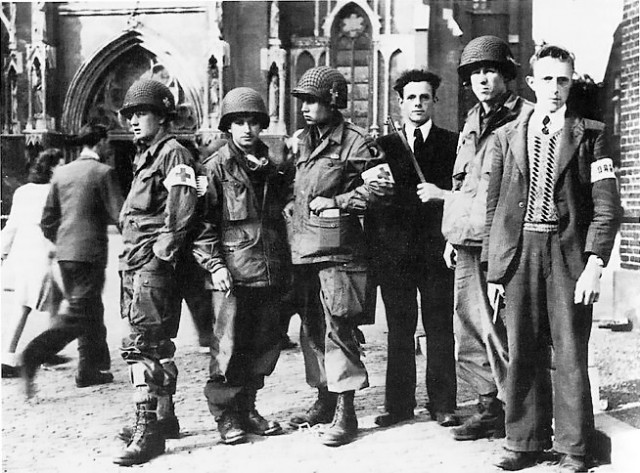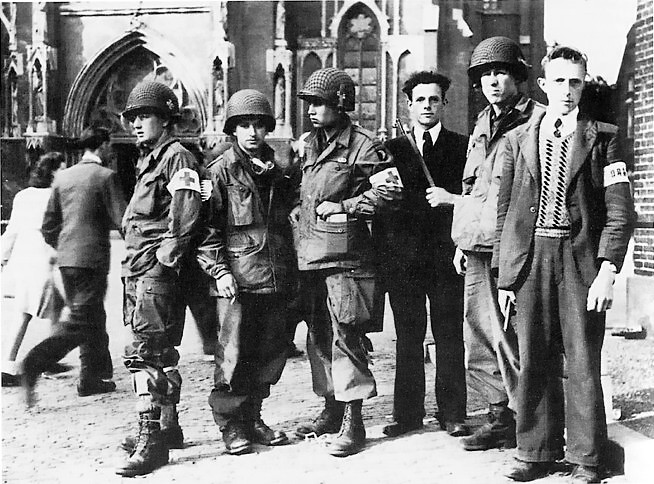
Jules Weyers can say he lived two lives: one on the front line, struggling to survive and return home safely and another, following the end of the Second World War, when he moved on to capturing the horrors and experiences of war on canvas. He moved to the United States after meeting his wife after the war.
Weyers lived on Eliot’s Main Street for almost sixty years. Not only that he joined the war and fought against the Nazi Germany as part of the Dutch resistance, but he also designed the town seal, which can still be seen on all things as “Eliot.” He used to be a popular and celebrated artist during his early life, however, things seem to have changed for Weyers, whose friends and associates have passed away over the years and very few still know what a great man he has been to this day.
He became part of the Dutch resistance after being forced to worked at a German arms factory, which he decided to escape and fight against the German occupation. He later became part of the Stoottroepen, the “shock troops,” which were linked to the 9th American Army, the Fosters.com reports.
Although decades have passed since the end of the Second World War, Weyers remembers it as it was yesterday when he saw the Germans entering his country with tanks, troops and so many lies. “The ground was shaking. They looked like monsters coming down the road,” said Weyers, recalling the day the Germans arrived in May 1940. His first impression of the tanks was that they were huge and they shocked him, since there were no tanks in the Netherlands and Dutch people had never seen any tanks before that day.
He remembered the officers carrying maps around the and knowing where everything was, every road, every fence, they had all the information on the maps, every single little detail. As he tried to keep away from the front lines, he went working in the Reich-controlled coal mines, but he quit his job three weeks later and disappeared without saying anything to anyone.
The German recruiters would often visit the mines and people would be shipped off to fight on Germany’s side, after being promised food, compensation and security. Talking about being part of the Dutch resistance, he said the government did not like them at all at the time and that they were a wild group of fighters and a “rough bunch.”
//
